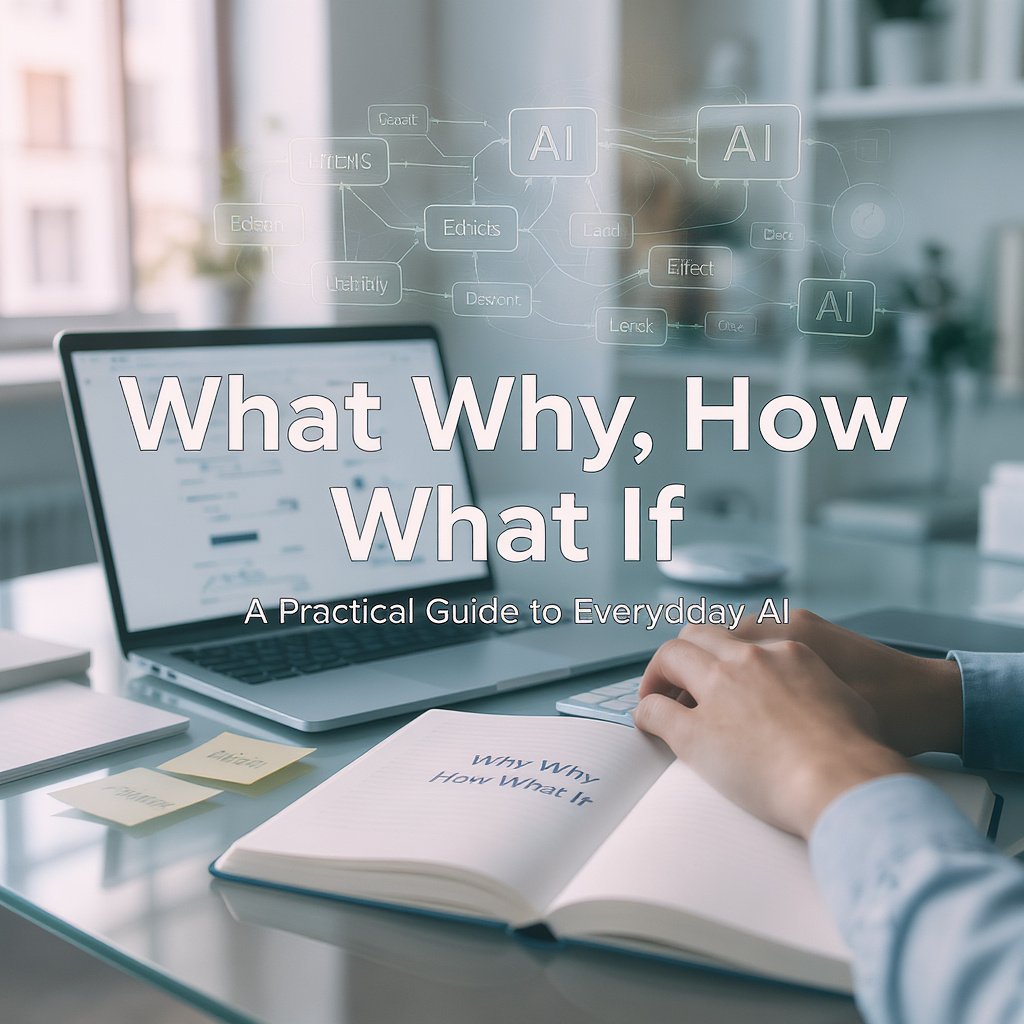
-
12/11/2025
What are we talking about?
AI as a practical ally for everyday tasks—tools you already use that can automate routine steps, triage information, draft from templates, and surface clearer insights—without requiring coding or technical expertise.
Why is it important?
Because it saves time, reduces cognitive load, improves consistency, and supports faster, data‑driven decisions. When done well, it respects privacy, maintains governance, and guards against bias, helping you scale routines safely.
How do you do it?
Start small and build a repeatable rhythm. Pick one simple task to automate, define one clear rule, and test for a set period. Use a low‑risk pilot, measure impact, and iterate while preserving human oversight and governance.
- Step 1 — assess needs: Clarify the task you want AI to support, the decision it informs, and the friction you aim to reduce.
- Step 2 — define success metrics: Choose tangible measures like time saved, error reduction, or faster responses.
- Step 3 — run a small pilot: Test in a single scenario with boundaries and a sunset date.
- Step 4 — scale responsibly: If targets are met, expand with governance, data controls, and clear accountability.
What if you don’t (or want to go further)?
If you skip a deliberate, governed approach, you risk inconsistent results, data quality issues, and misplaced trust. To go further, incorporate data quality checks, bias audits, privacy protections, explainability, and human oversight—and extend automation across tools with clear ownership and audit trails.
Best for
Educational blogs, thought leadership, and explainer content that helps readers understand practical AI in daily life.
